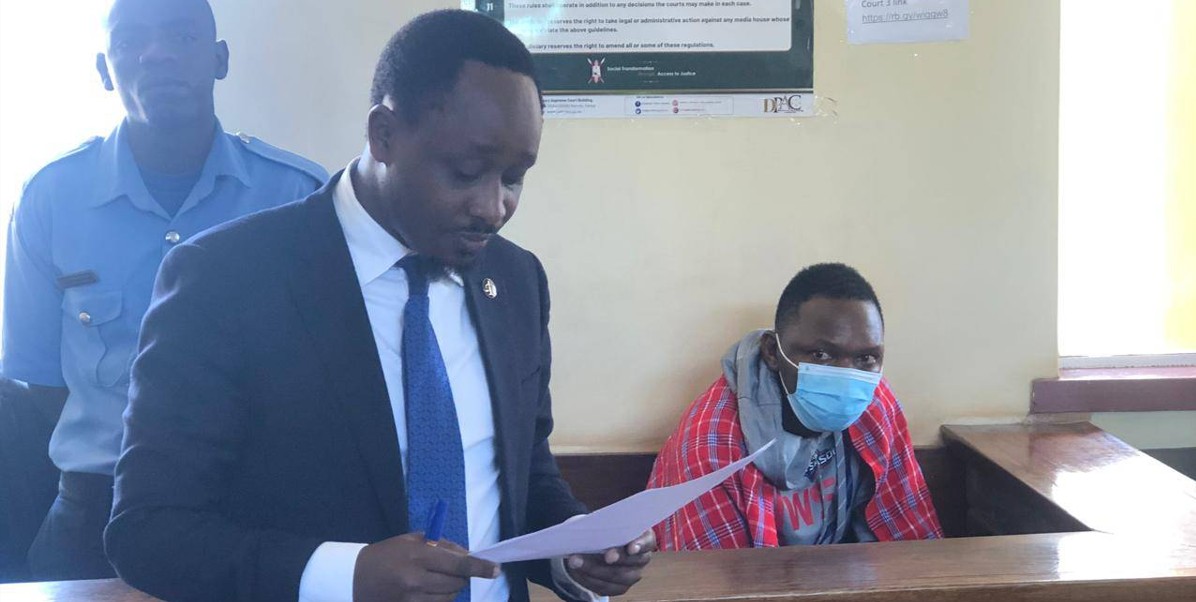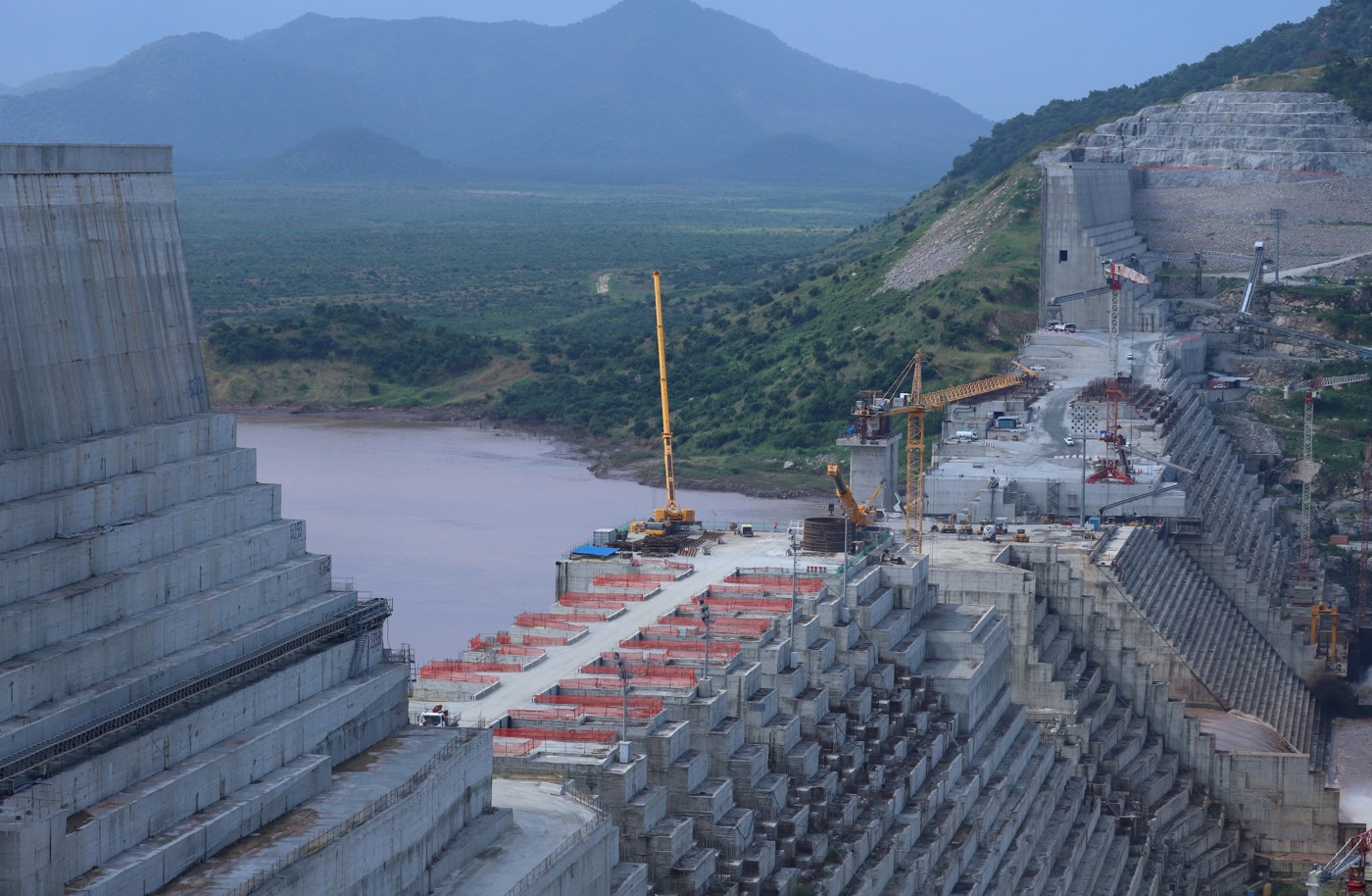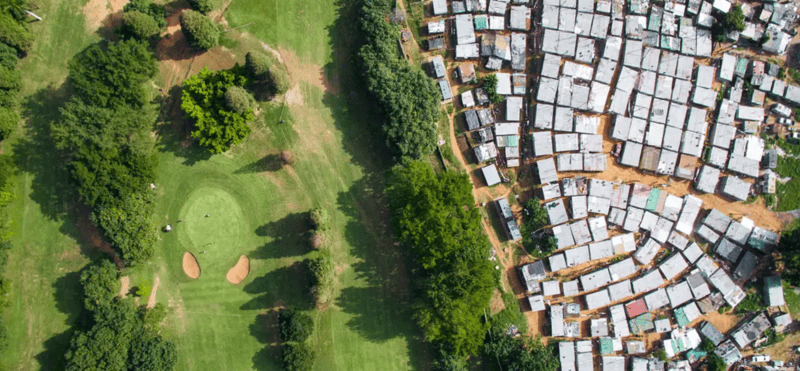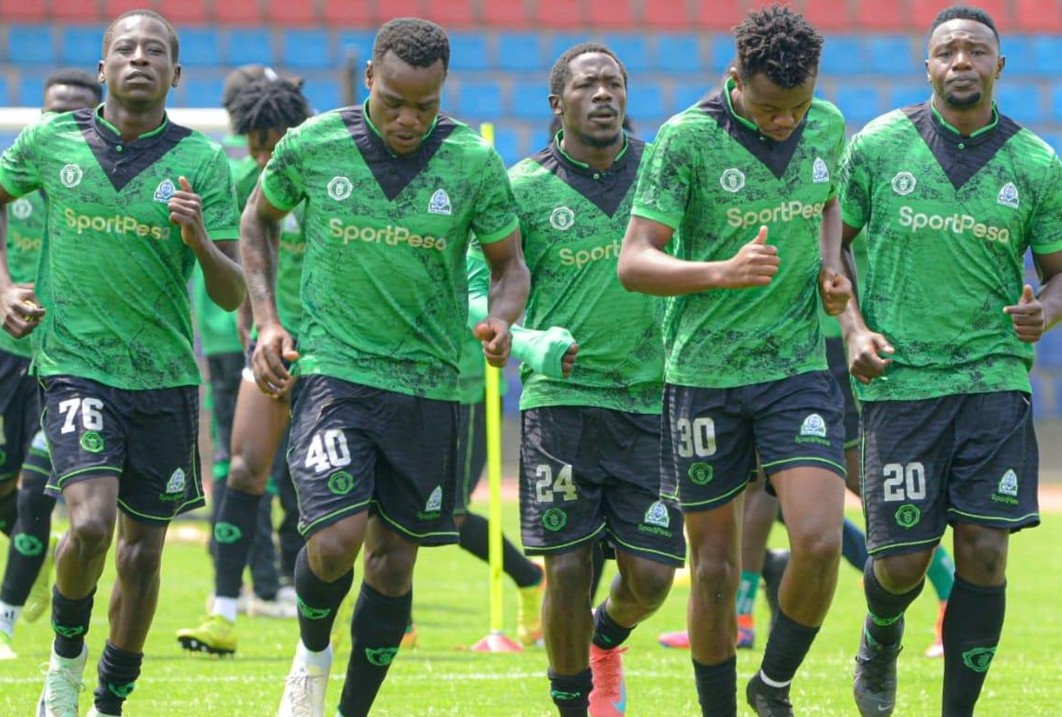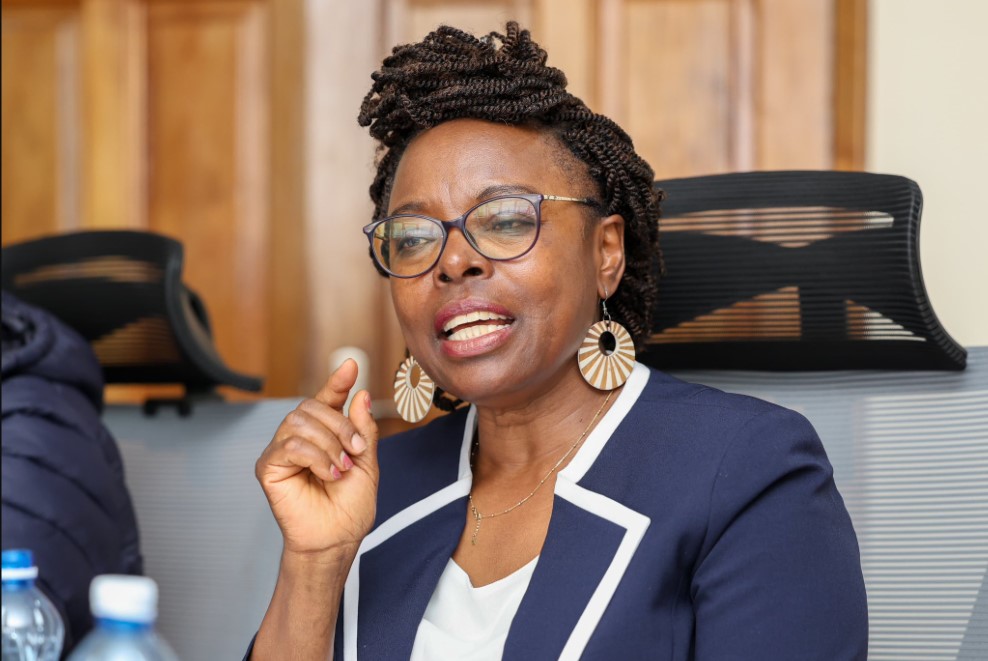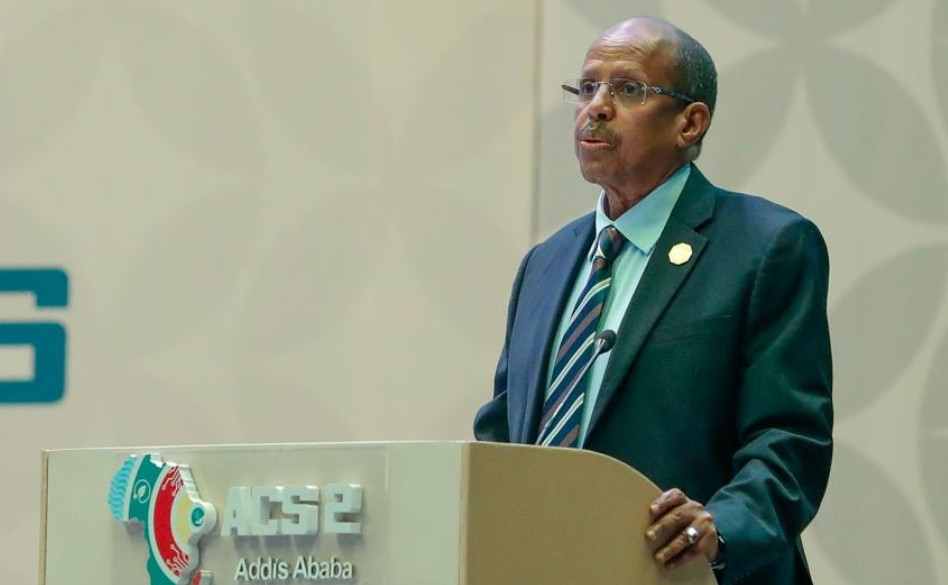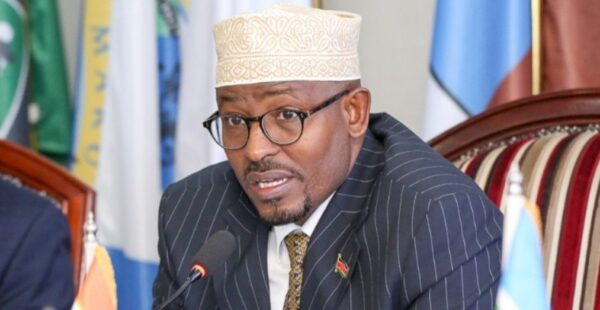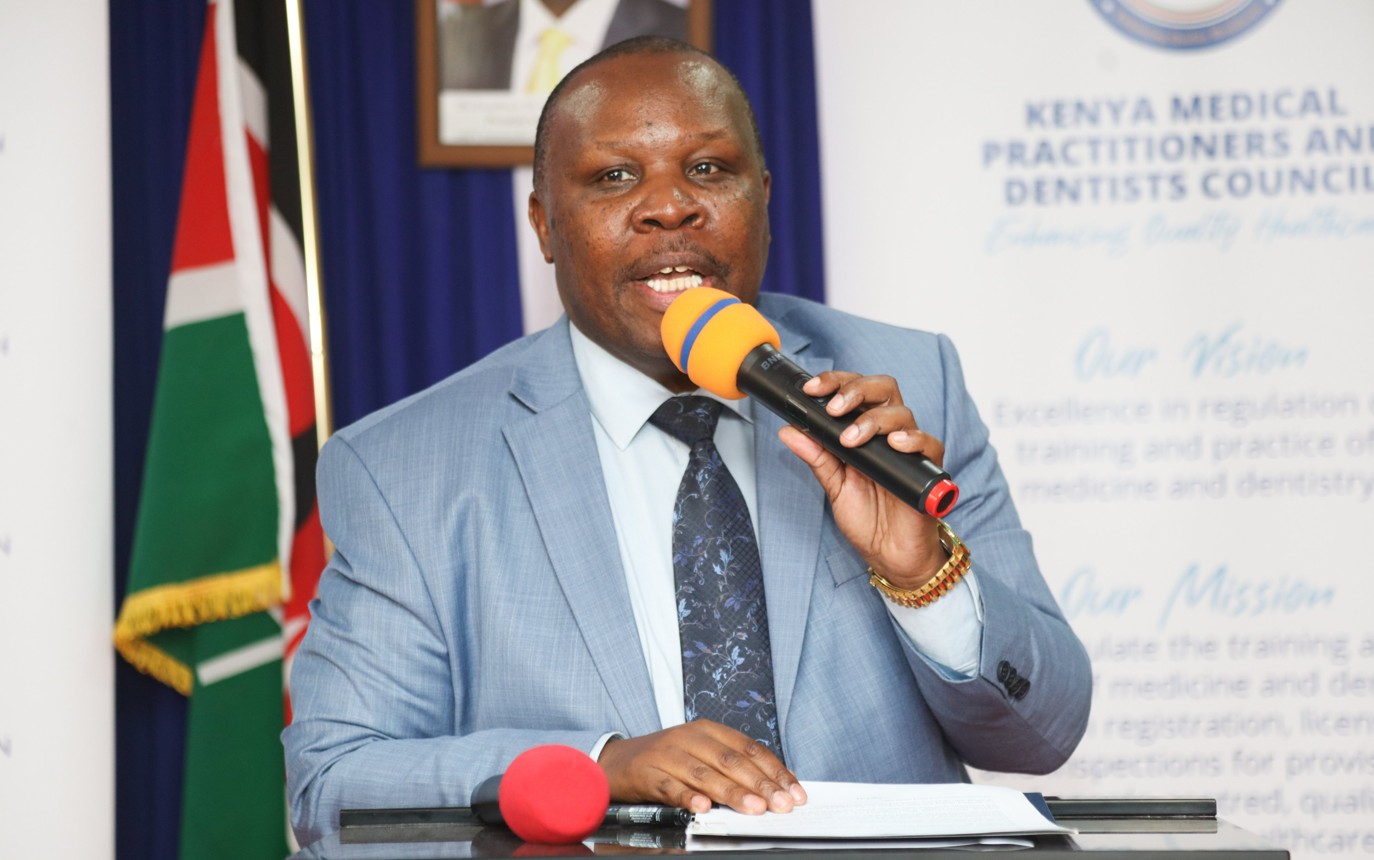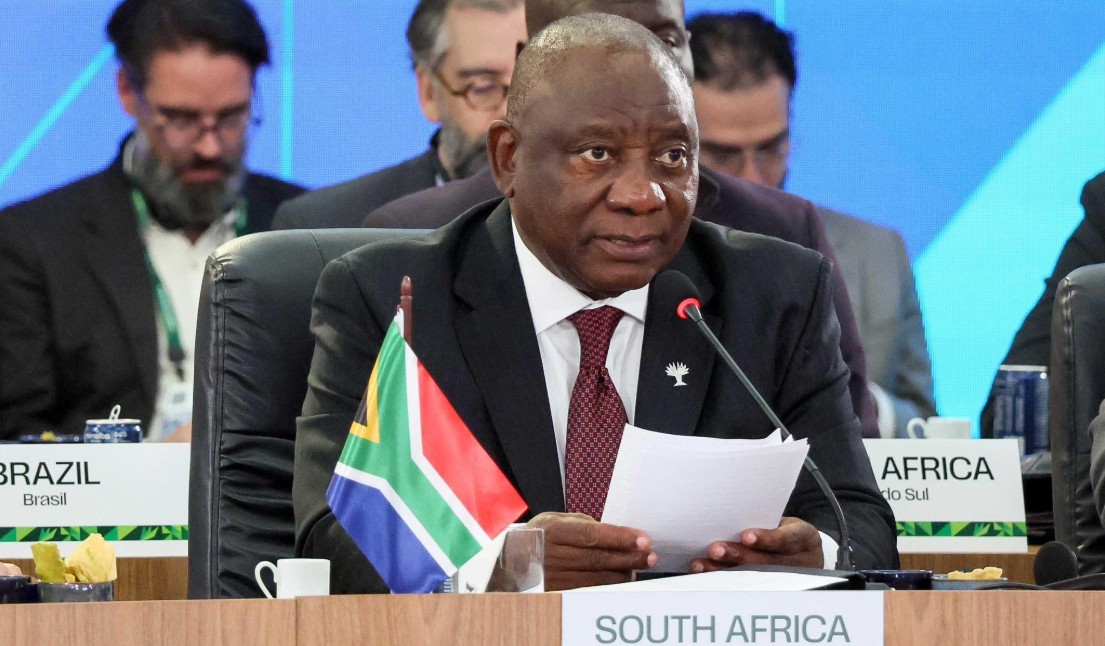Call for equal paid parental leave as ILO reveals mothers get five months more leave than fathers
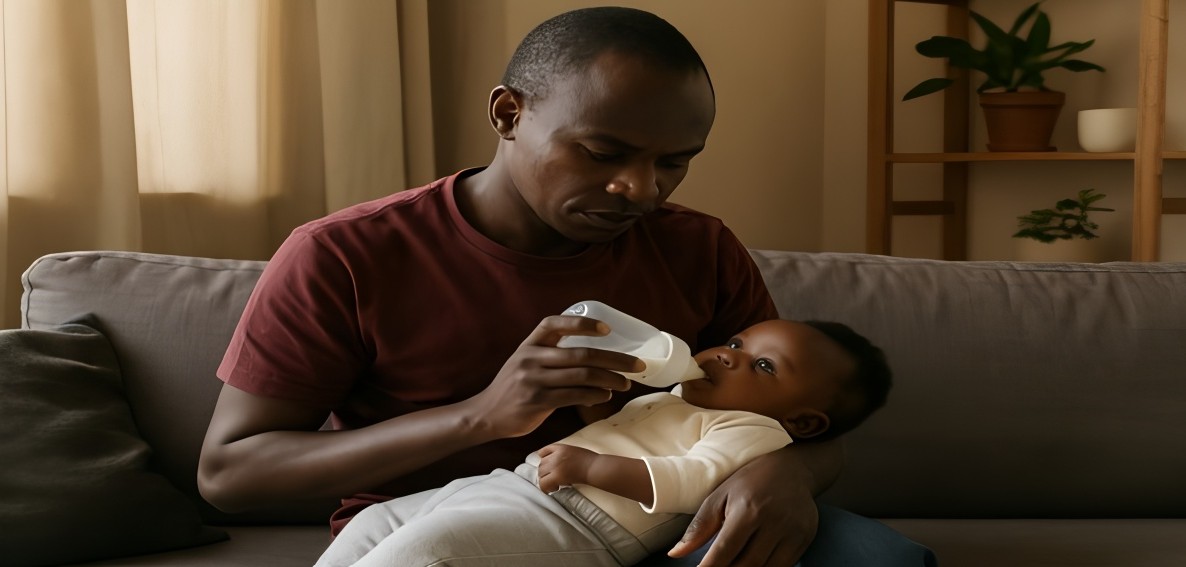
Recent reports suggest that this growing conversation is set to transform family policies and workplace culture across both public and private sectors.
In a promising move for working fathers worldwide, a new global push is underway to equalise paid parental leave for both mothers and fathers.
Backed by the International Labour Organisation (ILO), the global workers' rights body, the call advocates for equal paid parental leave for both mothers and fathers.
More To Read
- ILO calls for investment in care infrastructure to create millions of jobs and close gender gap
- Youth Day 2025: Only five per cent of African youth complete tertiary education, report reveals
- AfDB, ILO unveil youth-centred investment system to spur recognition, inclusion
- Dreams on hold: Grim global jobs outlook paints bleak future for millions of job seekers
- UN Report: 54 million children still trapped in forced labour in 2024
- Somali delegates not seeking asylum in Switzerland, minister asserts after ILO conference
The organisation reveals a global average gap of over five months in paid parental leave rights.
“Mothers are entitled to an average of 24.7 weeks of paid parental leave, while fathers receive just 2.2 weeks, a gap of over five months,” the ILO says in a brief.
The director of the ILO’s Conditions of Work and Equality Department, Sukti Dasgupta, noted that the disparity in parental leave entitlements reinforces gender inequalities both at home and in the workplace.
“Equal, non-transferable leave entitlements for both parents, publicly financed and supported by social protection systems, are critical for real change,” Dasgupta said.
Bridge gender gap
The organisation is thus urging immediate action to bridge the gender gap.
In Kenya, the Employment Act of 2007 grants female employees three months (90 days) of fully paid maternity leave, while male employees are entitled to only two weeks (14 days) of paternity leave.
In the public sector, specifically for teachers, the 2021–2025 Collective Bargaining Agreement (CBA) provides for 120 days, approximately four months of fully paid maternity leave.
This translates to an approximate gap of about 10 weeks.
Wide-ranging benefits
With the push for reconsideration, ILO emphasises that equal leave policies have wide-ranging social and economic benefits.
This includes greater female workforce participation, improved child bonding with both parents, and reduced pressure on women to shoulder the majority of unpaid care work.
“The fact that many women are entitled to paid parental leaves, including maternity leave, is a positive achievement and reflects growing alignment with the ILO Maternity Protection Convention (No. 183), a precondition for gender equality,” the Organisation says.
“However, to achieve true equality in care responsibilities and the labour market, men must also be granted adequate, non-transferable paid parental leave.”
Without this, entrenched gender roles will tend to persist, and care responsibilities will continue to fall disproportionately on women, the ILO says.
The brief further reveals that 57 per cent of the global population lives in countries where women receive three to six months more paid parental leave than men, and in 28 countries, the difference exceeds one year.
In 71 countries, fathers receive no statutory paid parental leave at all.
The campaign forms part of a broader global conversation on care equity and the need to dismantle structural norms that place an unequal burden on women.
According to recent reports, this conversation promises to reshape family policies and workplace culture across both public and private sectors.
Top Stories Today
